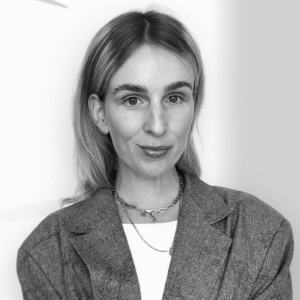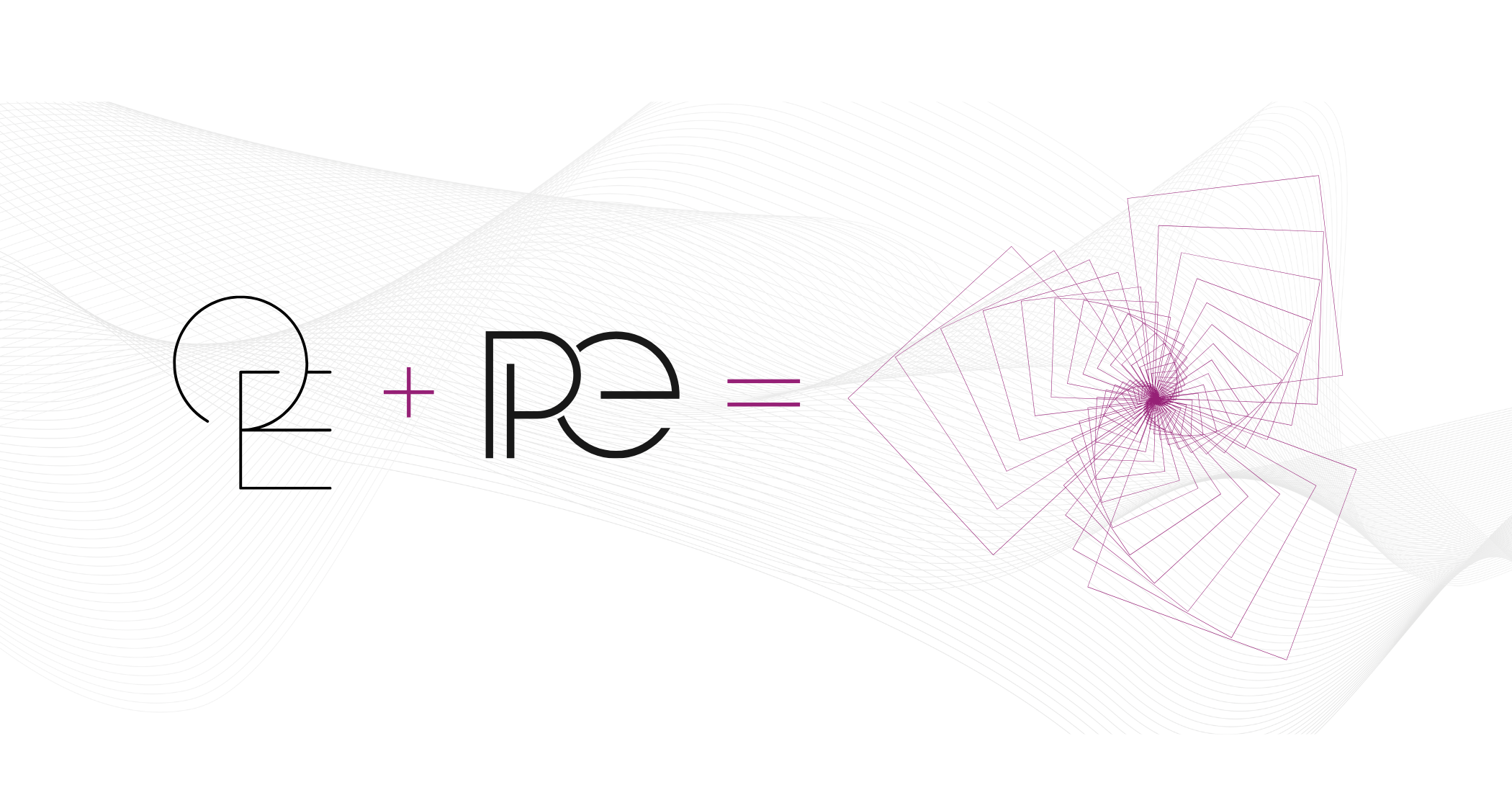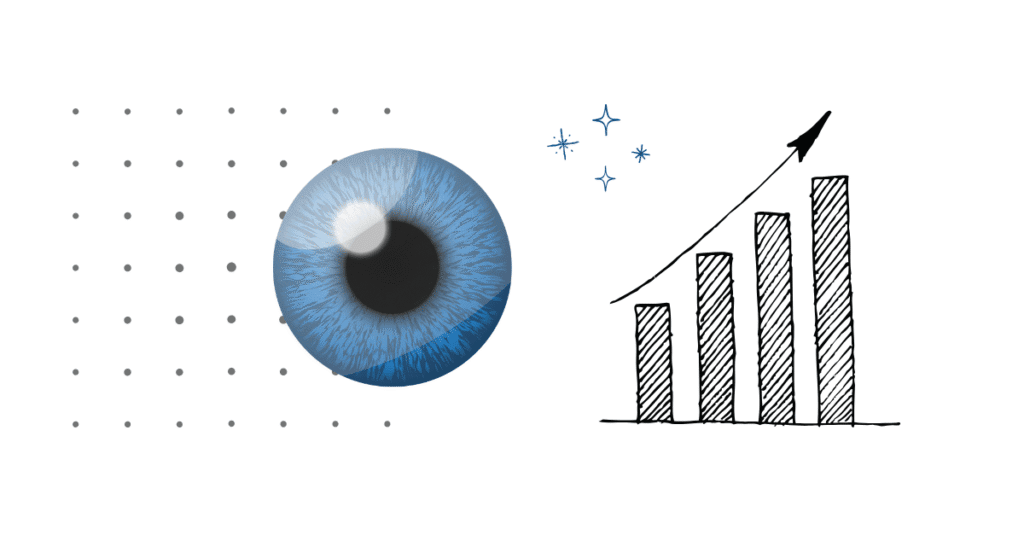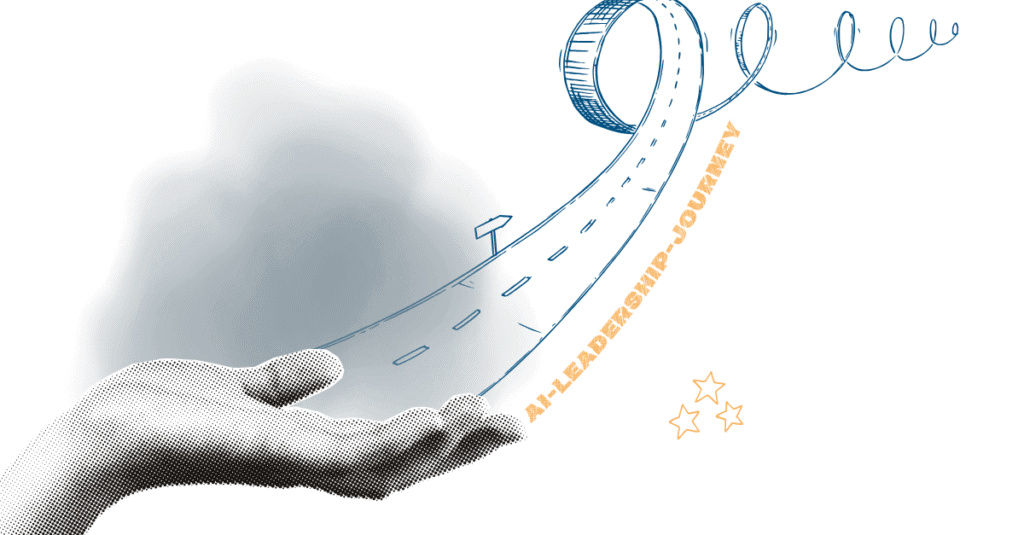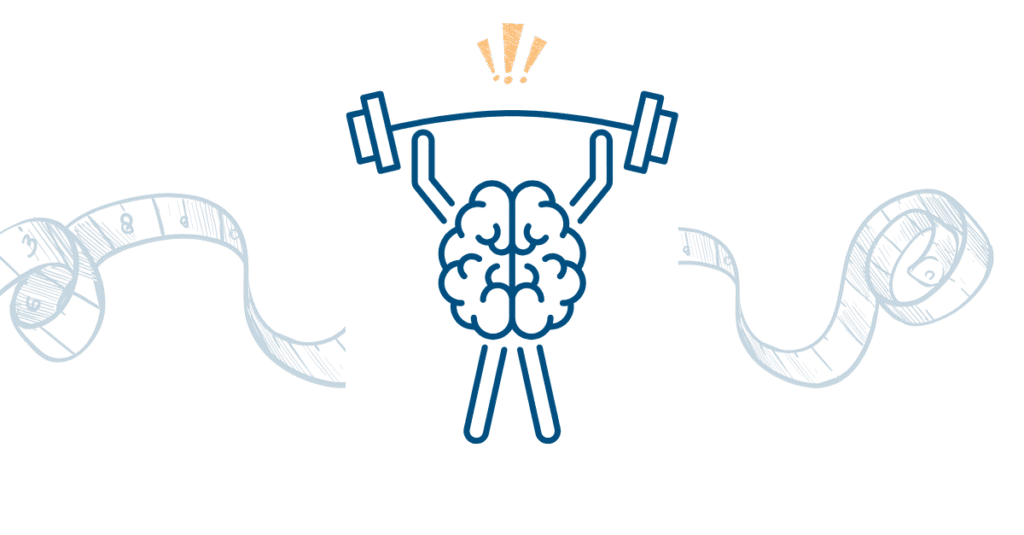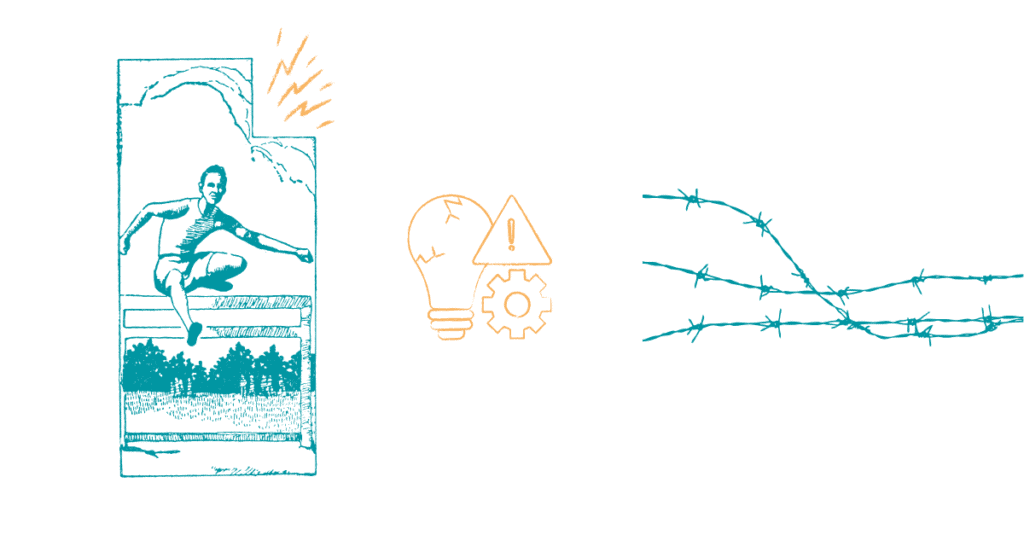People development without organizational development? That falls short. In this article, we explore the topic in depth and show why sustainable change only succeeds when people and systems grow together – and how, as a leader, you can consciously connect the two.
Definition: People development refers to the targeted promotion of individual competencies, while organizational development involves the systematic advancement of the entire organization. This article’s focus is how both approaches interact to secure your company’s future viability
People Development Meets Organizational Development: Two Sides of the Same Coin
New skills, new tools, new perspectives – hardly any company today goes without targeted people development. But what happens when people evolve while the organization stays the same? When leadership is rethought – but processes and structures remain unchanged?
In such cases, development often remains ineffective.
Sustainable change does not arise solely from training sessions, workshops, or individual learning goals. It happens where people are allowed to grow – and organizations create the space for it. Organizational development encompasses everything related to the organization and is thus an integral part of corporate strategy. Learning processes do not occur in a vacuum; they are embedded in real changes within the system.
People development and organizational development belong together. They influence each other – and only unleash their full power in combination. Integrating people and organizational development should therefore be a top priority for leaders. Yet in practice, they are often planned and implemented separately. The result: well-meaning initiatives without real impact.
Key topics of integrated development include organizational culture, skills shortages, automation, and the strategic alignment of the HR department. The close link between people and organizational development is critical to managing change processes successfully and sustainably.
What Is People Development? What Is Organizational Development?
Both terms are now part of everyday leadership and management language – and yet they are often used imprecisely or misunderstood. The question of their exact definitions arises frequently. Let’s take a brief look at what each is intended to achieve – and where they overlap. Targeted questions help clarify the intersection and objectives of both forms of development.
People Development (PD)
People development focuses on the individual advancement of employees. It includes classic measures such as training, coaching, or career planning. The aim is to enhance technical, methodological, social, and leadership skills – ultimately boosting individual performance and satisfaction.
In short: People development strengthens the individual.
Agile Organizational Development (OD)
Organizational development, on the other hand, addresses the bigger picture: structures, processes, communication channels, technologies, leadership culture, and decision-making logics. OD is strategic, systemic, and long-term in nature – with the goal of making the organization adaptable and future-ready. A key factor here is agility, as flexible and resilient structures and processes are crucial for innovation, competitiveness, and navigating change successfully.
Put simply: Organizational development shapes the system.
Intersection with Leverage
Ideally, both forms of development interlock: when employees develop new skills, they need a work environment where they can apply them meaningfully. The intersection of people and organizational development works on various levels – individual, team, and organizational. And when structures are adapted, people must be able to embrace the new demands.
Only together do PD and OD unfold their full power in change processes and ensure long-term success.
Separation Is Outdated: Why Integrated Development Is the Key
In many companies, people and organizational development still run on separate tracks. While HR plans workshops, OD introduces new processes or structures in the background – often without direct connection. The result: well-intentioned measures that miss each other.
But real development requires both – at the same time and in alignment. Professional consulting can help effectively integrate people and organizational development, enabling sustainable change in your company.
Why?
Because people don’t evolve in a vacuum. When leaders learn new communication styles in a seminar, but the organization lacks room for a feedback culture, the effect fizzles out. When employees are taught to act independently but remain in rigid hierarchies, frustration, not progress, ensues.
Systemic change only succeeds when individual development and organizational conditions work hand in hand. Actively involving and motivating employees is crucial to successfully implementing lasting change.
Typical Symptoms of Unconnected Development
- Trainings fail to result in visible behavior change.
- Change projects collapse under internal resistance.
- Leaders feel overwhelmed by new demands without proper support.
- Employees perceive change as a burden rather than an opportunity.
A common mistake is strictly separating people and organizational development, which hampers sustainable change and introduces typical pitfalls in transformation processes.
The Solution: An Integrative Approach – PD + OD = Sustainable Change
Not either-or – but consciously together. Because only when you transform structures and bring people along does development happen that lasts beyond the short term.
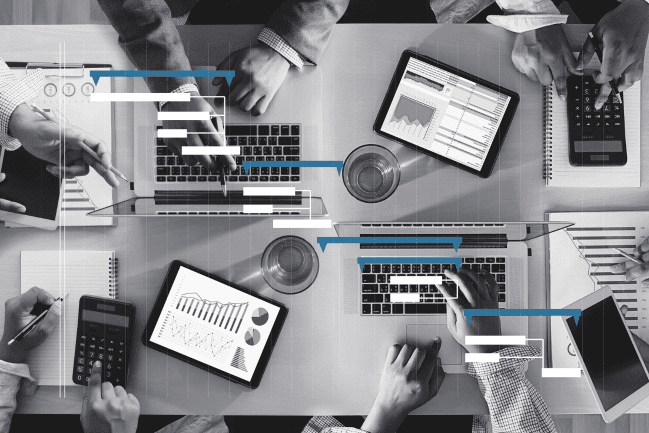
Phases and Models of Integrated Development
Integrated development of organizations and employees is a multi-layered process that requires different approaches and models. Achieving sustainable change depends on understanding and selecting the right phases and methods in organizational and people development.
Below, we outline tried-and-true classic models, modern agile approaches, and practical best practices to help organizations reach their goals effectively.
Classic Models at a Glance
Classic OD models provide a clear framework for designing corporate change processes.
The 3-Phase Model by Kurt Lewin is particularly well-known, dividing organizational development into “Unfreeze,” “Change,” and “Refreeze” phases. This helps companies systematically approach change: first questioning and disrupting the current state, then introducing new structures and processes, and finally stabilizing and embedding them in the organization.
John P. Kotter’s 8-Step Model is also widely used in practice, emphasizing urgency, coalition-building, and anchoring change sustainably. A key element in these models is the active involvement of employees throughout the process. This not only increases acceptance but also strengthens the effectiveness of OD.
With a structured approach, companies can react purposefully to internal and external changes and successfully adapt their organizations.
Agile and Iterative Approaches
Alongside classic models, agile and iterative approaches are gaining momentum. Companies today face dynamic markets and constantly changing conditions. Agile methods such as Scrum or Kanban provide flexible tools to manage and adapt change processes continuously.
In change management and people development, these approaches foster collaboration, encourage employee ownership, and support rapid responses to new requirements. Regular feedback loops and short iteration cycles enable continuous process optimization and reinforce motivation. Agile OD emphasizes transparency, participation, and ongoing improvement – helping organizations become more resilient in the face of change.
Integrating agile methods into OD and people management opens new pathways for sustainably enhancing organizational performance and innovation.
Best Practices for Implementation
For successful integrated development, proven best practices are indispensable:
- Open communication builds trust and transparency in change processes.
- Leadership development and active employee involvement ensure changes are perceived as opportunities, not threats.
- Clear goals and a well-thought-out strategy keep efforts focused and guide organizational transformation.
- Ongoing progress reviews and readiness to adapt are key to meeting evolving requirements and digitalization.
By combining classic models, agile approaches, and best practices, organizations create the foundation for sustainable improvements and a future-proof organization capable of embracing change.
Success Factors for Integrated Development
Integrated development sounds promising – but how does it work in practice? What conditions are necessary to ensure people and organizational development truly complement each other?
Short-term, visible successes are vital to maintaining employee motivation and supporting the change process. Clear goals are essential to provide direction and facilitate the selection of appropriate methods and tools.
Societal changes like demographics, digitalization, and sustainability increasingly influence organizations. Addressing the impact of these developments is key to ensuring future readiness.
Active employee participation and consideration of individual interests are crucial for successful change processes. Projects play a central role in structuring and overcoming challenges.
Recognizing diverse perspectives within the organization helps uncover hidden dynamics and informal structures. These success factors also apply to public administration, where structured change and employee involvement are equally necessary.
A structured change process ensures the long-term implementation of development measures. Tailoring content to the organization’s specific challenges and goals enhances the effectiveness of development programs.
1. Leadership as a Catalyst
Development starts with you. Leaders who model change, enable learning processes, and actively and flexibly moderate transitions create orientation and commitment. They are not just recipients of development – they drive it.
2. Culture Development as a Connecting Element
Culture is the invisible operating system of an organization. It determines whether learning is encouraged, feedback welcomed, and experimentation allowed. Culture development links PD and OD – providing the foundation for individual and collective growth and effectiveness.
3. Iterative Progress Over Master Plans
Rigid programs no longer work in a complex world. Integrated development is a process – with feedback loops, learning moments, and room for adjustments. Small, targeted interventions often prove more effective than grand, sweeping plans.
4. Participation & Dialogue
Change doesn’t succeed in isolation. Employees want to be included, not merely informed. Those who can co-create development contribute not only their knowledge but also acceptance and energy. This transforms affected individuals into active participants.
Integrated development is no accident – it’s the result of deliberate design. When PD and OD are approached together, they create more than the sum of their parts: a learning, adaptive organization with people who don’t fear change – but shape it.
Case Studies: How the Holistic Approach Works
Theory convinces – but real change happens in practice. The following case studies illustrate successful integration of people and organizational development:
Example 1: Leadership Program with System Adjustments
A mid-sized IT company introduced leadership training for new managers. Simultaneously, reporting systems were simplified and decision-making scopes intentionally expanded. Result: newly trained leaders could apply and embed their skills immediately.
Example 2: Cultural Change via Cross-Functional Project Work
A machinery manufacturer aimed to improve interdepartmental collaboration. Instead of offering workshops on “teamwork,” they formed interdisciplinary project teams. Accompanying people development focused on conflict moderation, feedback methods, and self-organization. The outcome: improved communication – and new products born from better collaboration.
Example 3: Resilience Training + Process Innovation
After a period of high stress, a service company implemented resilience coaching for employees, accompanied by process analysis to uncover bottlenecks and inefficient workflows. Decision paths were streamlined in parallel. The coaching supported mental stability, while OD created noticeable relief. Result: lower sick leave rates – and more energy across teams.
What These Examples Show:
When PD and OD work hand in hand, development becomes tangible. Not just intellectually – but in everyday practice. Change gains structure and meaning.
Regularly receive exclusive thought leadership and practical tools on the topics of digital evolution, cultural change, sustainability, resilience, mindfulness and the design of new working environments.
The Role of triangility: Rethinking Development Holistically
At triangility, we see development not as an isolated measure but as a dynamic process that moves people and organizations forward together. Sustainable change only succeeds when competency building and system transformation are interconnected.
Our approach: holistic, agile, and practical.
1. Coaching & Sparring
We support leaders individually – focusing on reflection, self-leadership, and navigating complexity. Our emphasis is not just on methods but on mindset and everyday effectiveness.
2. Training with System Context
Our training formats are not just “input events.” They’re embedded in the organizational context – addressing areas where learning can have real impact. Whether leadership, communication, or team dynamics: relevance comes from alignment.
3. Process Facilitation & Organizational Development
Together with you, we design change processes – iterative, participatory, and with attention to culture, structures, and roles. Every organization is unique – and every development requires a tailored approach.
Our Goal:
To enable development that lasts. With a clear view of the system – and genuine care for the people within it.

Leverage artificial intelligence with our AI for managers training
Become part of the New Leadership Community:
Regularly receive exclusive insider knowledge, practical tools and immediately implementable solutions on the topic of ‘New Leadership’.
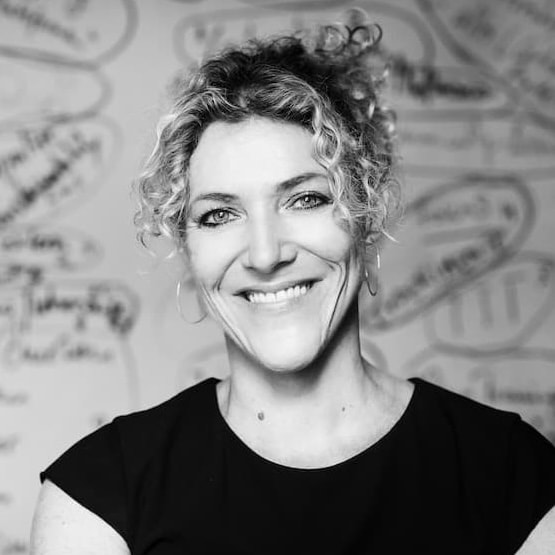
Contact us
Get individual advice from Verena on how you can lead yourself, your team and your organization more mindfully.
